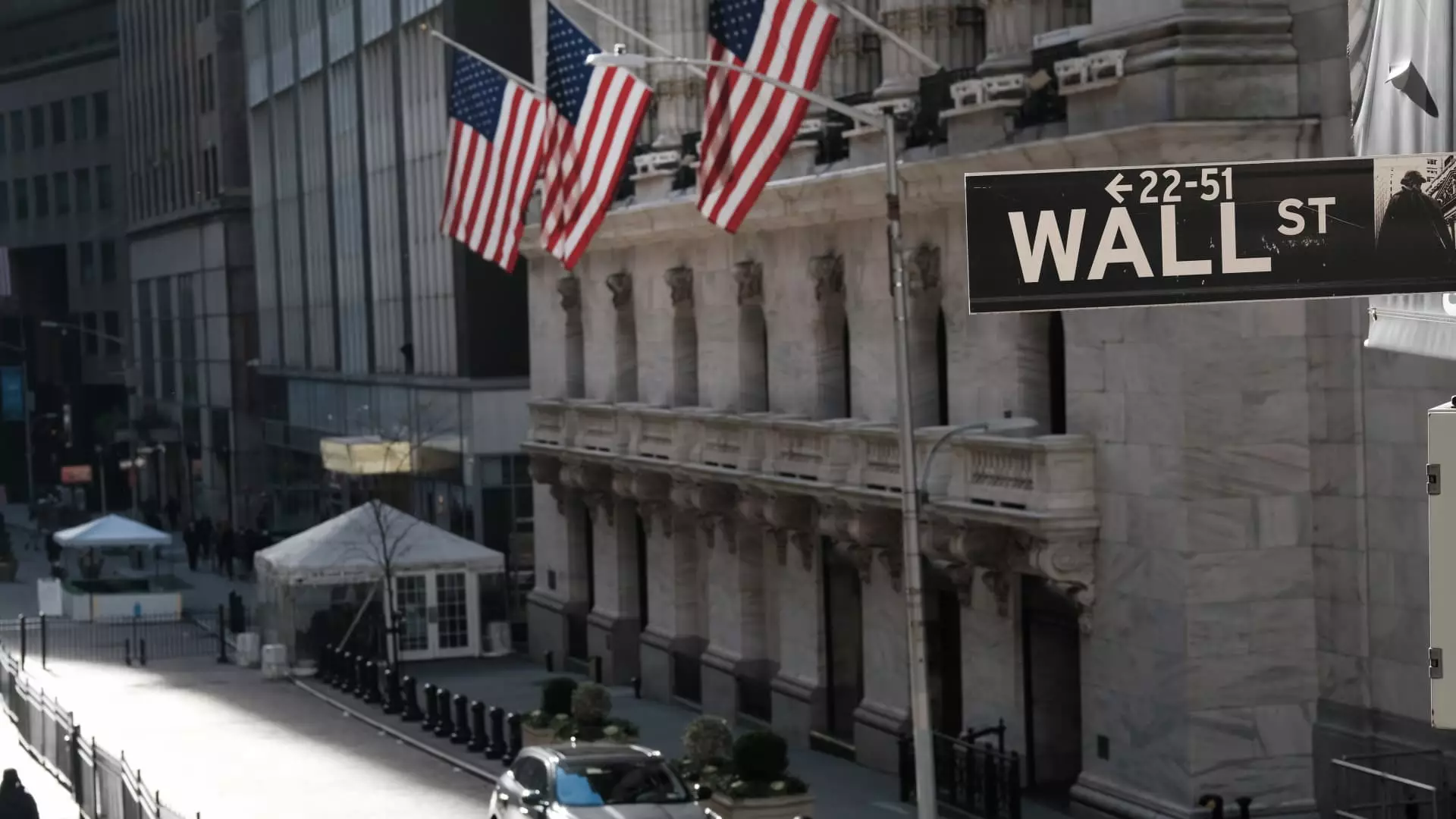The Federal Reserve’s recommendation to loosen restrictions on capital requirements for banks, specifically the enhanced supplementary leverage ratio (eSLR), raises significant concerns. This proposed change, intended to alleviate perceived limitations on bank operations, stands to undermine the very safeguards put in place in the wake of the financial crisis. The eSLR, one of the key mechanisms established to ensure that major financial institutions maintain a healthy capital buffer, is being questioned at a time when we should be reinforcing such structures rather than dismantling them.
The Fed’s rationale, articulated by Chair Jerome Powell, hinges on a notion that stable financial conditions and an increase in relatively low-risk assets necessitate a re-evaluation of the stringent original capital requirements. Powell notes, “Based on this experience, it is prudent for us to reconsider our original approach.” However, prudence does not mean slackening regulations, especially when history teaches us that careless flexibility can lead to catastrophic economic consequences. If anything, the lessons gleaned from past crises underscore the necessity for robust, rather than lenient, bank regulations.
Wall Street’s Pressure: A Toxic Influence
The Jazz of Wall Street has crescendoed into the Fed’s ears, with influential executives urging a rollback of these critical measures under the imminent threat of reduced market liquidity. In an uneasy twist, the same institutions that posed risks to their own stability are now in position to influence the very parameters designed to prevent a repeat of past failures. At first glance, easing capital requirements may seem like a benevolent act to ensure banks can operate more freely; however, it can also be seen as a dangerous compromise that prioritizes short-term profits over long-term financial security.
Ideally, banks should aim to prioritize their societal responsibility and contribute to economic stability. The movement towards relaxing capital requirements reshapes this narrative into one concerned with shareholder returns and capital distribution, at the potential expense of financial soundness. Such a shift jeopardizes the intricate balance that the economy rests upon and elevates Wall Street interests over those of the broader public.
Divided Reactions: A Tale of Financial Prudence
While some Fed officials, like Vice Chair for Supervision Michelle Bowman, advocate for this shift as a means to strengthen U.S. Treasury markets, dissent from figures like Governors Adriana Kugler and Michael Barr underscores the apprehension felt by many regarding this potential policy change. Barr, a former vice chair of supervision, warns plainly that the proposal is unlikely to enhance market activity during stressful periods. He aptly points out a reality that should resonate with all: “Firms will likely use the proposal to distribute capital to shareholders and engage in the highest return activities available.” This declaration serves as a clarion call highlighting the unavoidable conflict between profit-seeking practices and regulatory responsibilities.
Keeping in mind that banks must be encouraged to act with prudence and restraint, the loosening of these capital restrictions could dramatically reshape their risk management strategy and focus. When the margins of safety diminish, the most likely outcome is an increasingly speculative environment where high-risk bets become the norm, thus contravening the initial objectives of the eSLR.
International Standards vs. Domestic Realities
The Fed’s assertion that these new regulations align closely with Basel standards looks attractive on the surface but glosses over the nuanced realities of our domestic financial landscape. While it may be tempting to adopt a one-size-fits-all regulatory model, the uniqueness of American financial systems necessitates a more discerning approach. The interplay of global banking standards and national financial stability requires perspicacity.
We live in an era marked by volatility and financial fragility, where the stakes are alarmingly high. Rather than taking a backward step toward laxity in oversight, we should maintain an acute awareness of the inherent risks banks pose and the impact of their operations on the broader economic framework. The voices of dissent among Fed officials must resonate louder, calling for vigilance and a commitment to sustaining a resilient financial ecosystem rather than gambling with its integrity.
This proposed relaxation of the eSLR is emblematic of a misguided rethinking of financial policy that risks more than it promises. By yielding to the pressures from financial elites, we risk reopening Pandora’s box, displacing the hard-fought lessons of the recession with shortsightedness driven by profit margins. In an age where the economy’s robustness hangs by a thread, now is not the time to scale back our defenses.

